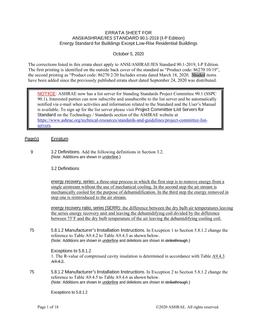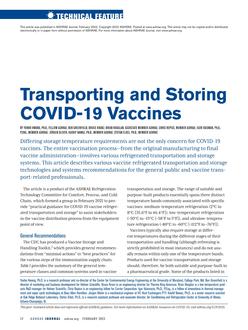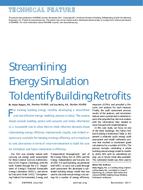When assessing the suitability of next generation refrigerants for use with current HVAC&R system materials, two areas of concern need to be thoroughly investigated and understood: 1) compatibility of the system materials when in contact with the fluids(material compatibility), and 2) chemical stability of the fluids when exposed to system materials (chemical compatibility). This paper summarizes chemical stability evaluations of unsaturated hydrofluorocarbon (HFO) refrigerants blended with R-32, which were conducted to better understand equipment reliability risks associated with the use of next generation low global warming potential (GWP) refrigerant candidates. This work was conducted through the AHRI Material Compatibility and Lubricant Research (MCLR) for Low GWP Refrigerants program, project #8007. Chemical compatibility experiments were conducted in sealed glass tubes with a three-refrigerant composite blend of R-1234yf, R-1234ze(E), and R-32 (33⅓% by weight of each) in combination with one polyol ester (POE) and one polyvinyl ether (PVE) lubricant, and 41 different materials of construction. Control baseline samples with the same materials and lubricants were prepared with R-134a for comparison. Results of observations and laboratory measurements of the exposed refrigerants and lubricants are presented in comparison to the R-134a baseline samples, and recommendations for further study are proposed.
Citation: ASHRAE Papers: 2015 ASHRAE Annual Conference, Chicago, IL
Product Details
- Published:
- 2015
- Number of Pages:
- 8
- File Size:
- 1 file , 2.2 MB
- Product Code(s):
- D-CH-15-C005


